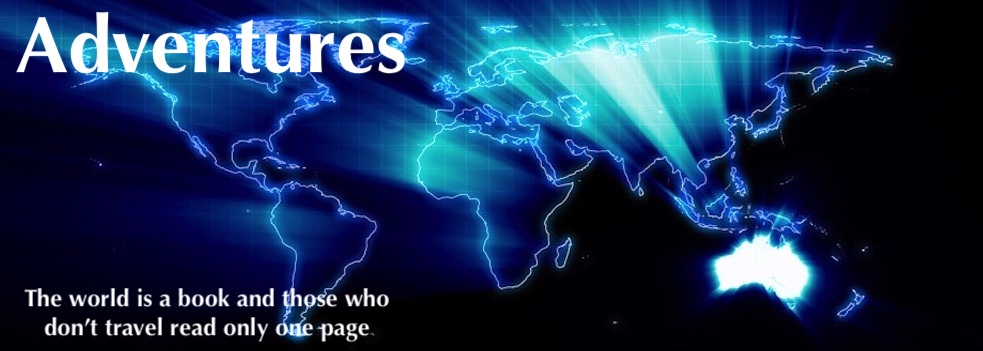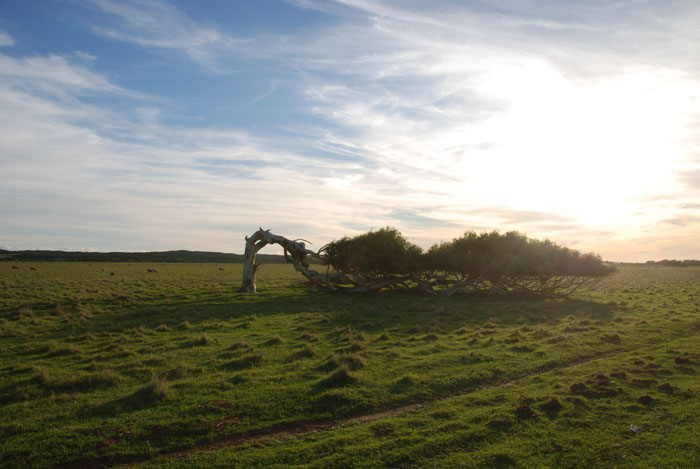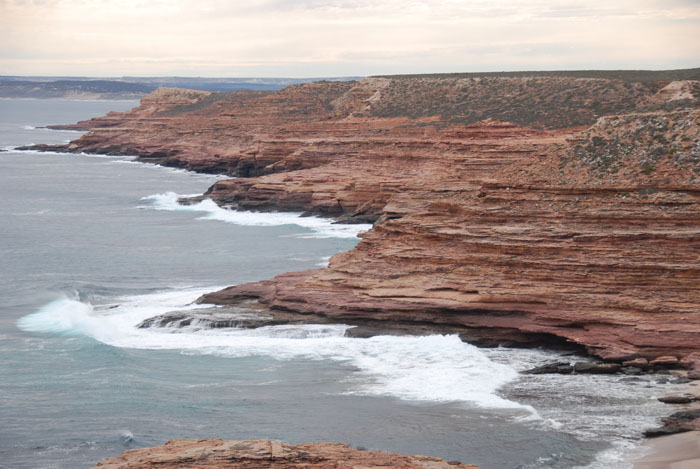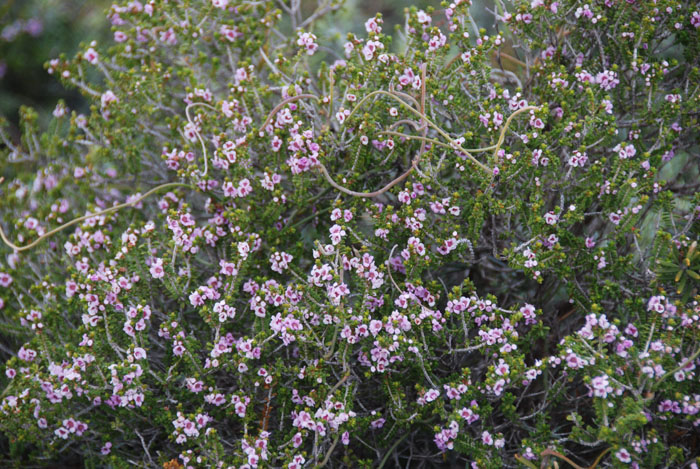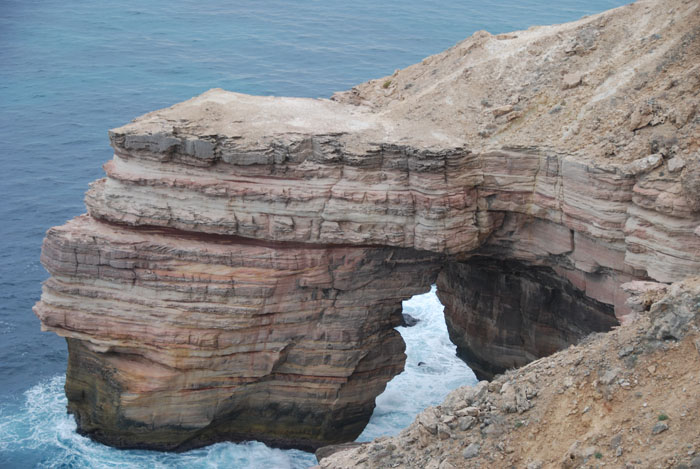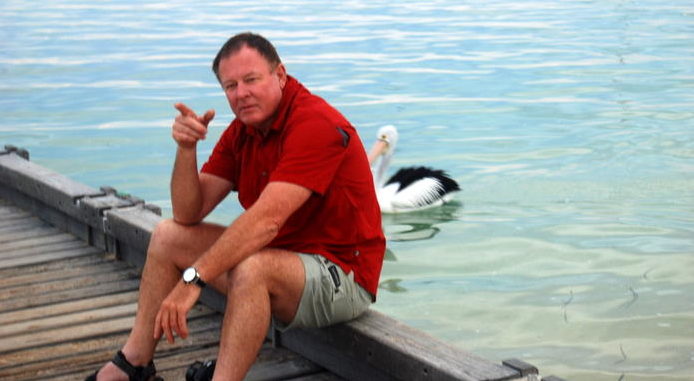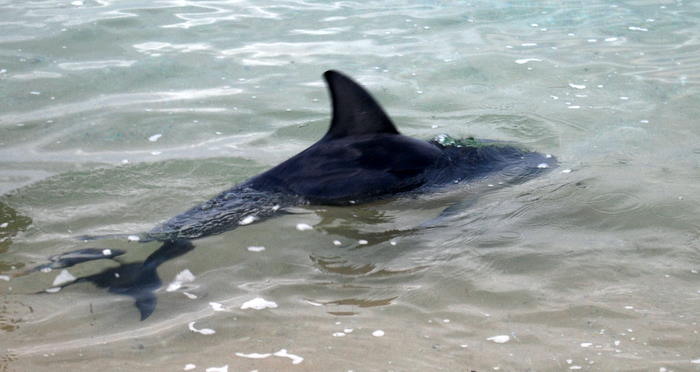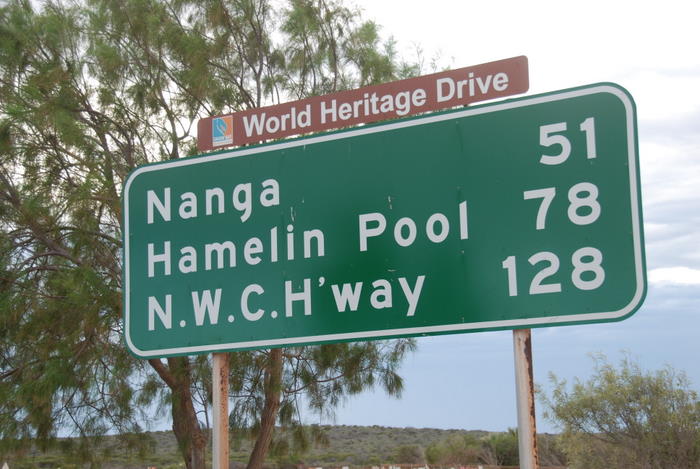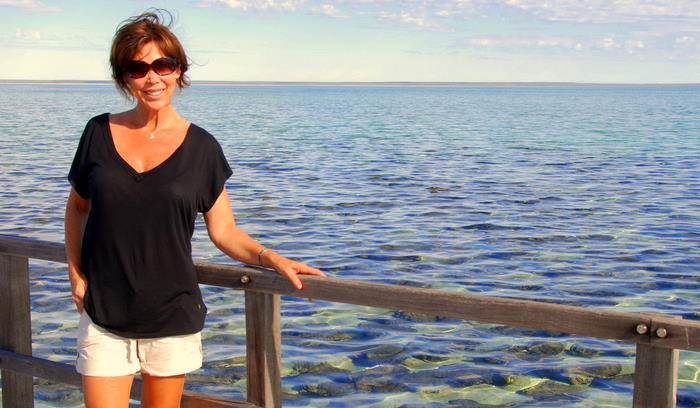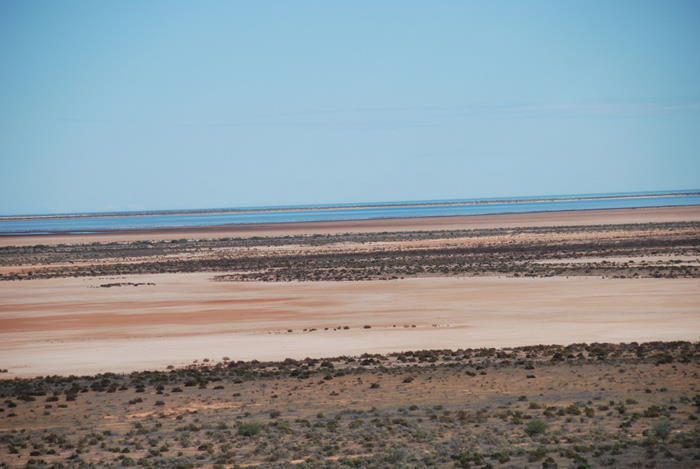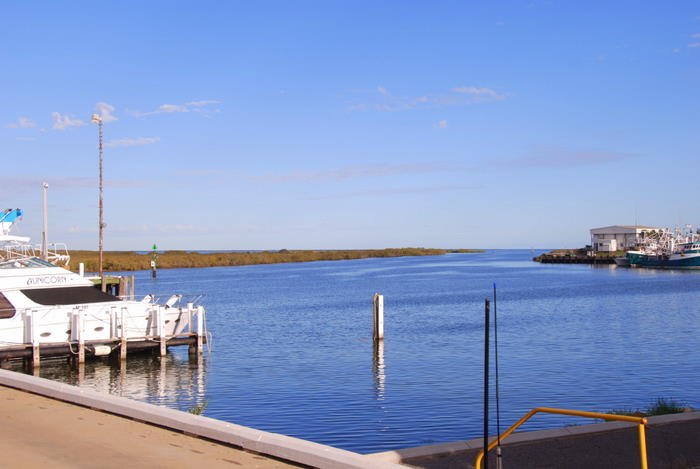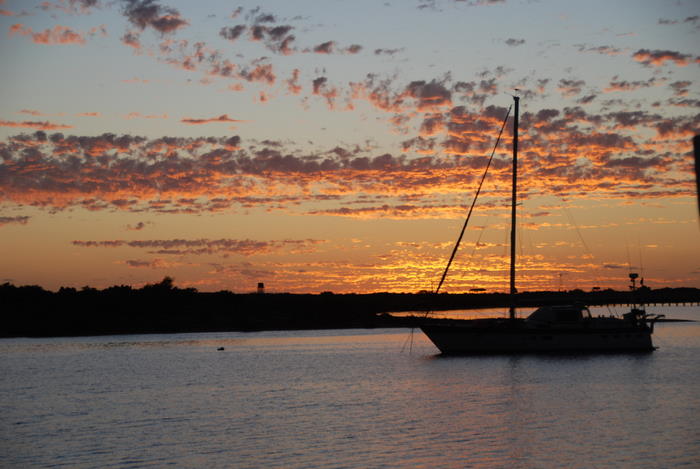- Perth to the North West.
Day 1 Perth to Drummond Cove
We left Perth in my 2003 Nissan GU Patrol towing a camper trailer and headed for Yanchep National Park.
- Koala (Phascolarctos cinereus)
- Tammy with koalas.
- The koala is a arboreal herbivorous marsupial native to Australia.
- Koala. Not native to Western Australia.
- Koalas sleep 20 hours per day.
- Habitat destruction is the biggest threat to the Koala.
Yanchep National Park is 50 kilometres north of Perth.
- Just playing.
- Very common and found across southern Australia.
- Western grey kangaroo (Macropus fuliginosus).
- No stress lifestyle in the National Park.
- Not serious.
- Used to humans but still wary.
Kangaroos are in virtual plague proportions at the golf course and in the open spaces of the National Park.
- Firewood Banksia (Banksia mensziesii) in flower.
- Port Lincoln parrot
North along the Brand Highway to Geraldton and then to our overnight stop at Drummond Cove.
- Leaning tree at Greenough.
- Eucalyptus camaldulensis.
The day’s travel took us sufficiently far north of Perth for the ‘adventure’ to start. We stayed in a cabin at Drummond Cove Holiday Park, 13 kilometres north of Geraldton.
- At Drummond Cove.
- Coastal dunes.
Day 2 Drummond Cove to Nanga Bay
First stop was at the remains of the Lynton Convict Hiring Depot. It was established to supply labour to the Geraldine Lead Mine, 60 kilometres north on the Murchison River, and to local settlers. Five hundred metres from the depot is the house, stables and mill of the superintendent of the depot, Captain Sandford. These standard of these buildings provides a marked contrast to how the convicts and their pensioner guards had to live at the convict depot just out of sight around the hill.
- Entry to Sandford House.
- Sandford House
- This early example of colonial architecture has been wonderfully restored.
- Views of the Indian Ocean across the front paddock.
- Old shed
- Mill constructed from stone.
- Captain Sandford’s house had a commanding view over the ocean.
The drive from Lynton takes one past Hutt Lagoon to the magnificent coastal cliffs and gorges just south of Kalbarri.
- Cliffs south of Kalbarri.
- Tammy on a blustery day at the Kalbarri Coastal Cliffs.
- Natural Bridge
- Dolphins
- In Kalbarri National Park.
- In Kalbarri National Park.
- In Kalbarri National Park.
- Kalbarri National Park south of Natural Bridge.
- Natural Bridge
- Island Rock, Kalbarri National Park.
From Red Bluff at Kalbarri we watched fishermen trying their luck from the shore and off rocks, and boaties tackle the infamous ‘washing machine’ conditions at the mouth of the Murchison. This tricky and dangerous combination of currents and waves has upset many a boat trying to get past the bar into the open ocean. It was very calm the day we were there.
- Kim at Red Bluff.
- Fishers on the shore.
- Trying his luck from the rocks.
- Taking a boat through the ‘bar’ at the Murchison River is most often a hazardous undertaking.
The journey north continued.
- One kilometre north of Billabong Roadhouse.
- Mudlark
- Common sign in outback pastoral country.
The run from the Murchison River to Overlander Roadhouse is a particularly boring stretch of North West Coastal Highway.
- World Heritage Drive
Shark Bay is the most westerly part of the Australia continent. Three of the reasons it achieved world heritage listing are its rich seagrass beds (which at 4800 km2 are the largest in world), its dugong population; and its stromatolites – the oldest forms of life on earth.
- Nanga Bay
- Africa is that way.
- Shell grit on the beach.
- Tammy at Nanga.
We were still in the influence of the winter conditions of southern Western Australia and it was a cool and windy night.
Day 3 Nanga Bay to Carnarvon
From Nanga we drove over to Monkey Mia, a small tourist resort where the main attraction is the opportunity to see a family of bottlenose dolphins that have been interacting with humans since the 1960s.
- Playing to the crowd.
Dolphins have been visiting Monkey Mia since before European settlement. Each morning since the 1980s tourists have flocked to the beach to see wild bottlenose dolphins swim to the shore to be hand fed.
- Bottlenose dolphins.
- Australian Pelican (Pelecanus conspicillatus) at Monkey Mia.
- Kim on the jetty at Monkey Mia.
- It is usually a whole family that come in to the shore.
- Juvenile dolphin.
- Each of the dolphins has been named.
- Always hundreds of people.
- Only persons selected may feed the dolphins.
The dolphin interaction at Monkey Mia is one of the most reliable meeting places in the world. It is one of the only places in the world where the dolphins come of their own accord, almost 365 days of the year. It is the only place in Australia where dolphins visit daily, not seasonally, and is one of the reasons researchers from across the world come to Monkey Mia to study dolphins.
- Signage
- at
- Denham.
From Monkey Mia we returned to Denham and stopped at Shell Beach on the way to Hamelin Pool.
- Tammy loves Shell Beach.
- Shell Beach is in L’Haridon Bight. It is one of only two beaches in the world made entirely of shells, billions of tiny coquina bivalve shells.
- Shell Beach.
- The entire beach is shells.
From Shell Beach it is only a short drive to spectacular Hamelin Pool and its world famous stromatolites.
- Within the World Heritage Area.
- Hamelin Pool.
Hamelin Pool is home to the most diverse and abundant examples of living stromatolites in the world. These ‘living fossils’ are monuments to life on Earth over 3500 million years ago – a time when no other complex creatures were present on the planet. Stromatolites are built by microbes (single-celled cyanobacteria) which were the first life forms to appear on Earth. The cyanobacteria trap sediments with mucous to form enormous rock-like structures that, at first glance don’t appear to be living. Each stromatolite is actually a very slow growing microbial colony that may grow less than 1mm per year.
- Stromatolite.
- Stromatolites.
- Tammy at the Hamelin Bay stromatolites.
- Walkways over the stromatolites.
- At the Hamelin Bay stromatolites.
- Walkway over the stromatolites.
From Hamelin Pool we returned to the North West Coastal Highway and continued our journey north.
- The official boundary.
- View from Breakaway Lookout, 50 km north of Overlander Roadhouse.
- Salt flats extend to Gladstone Bay (part of Hamelin Bay).
- Gladstone Bay from Breakaway Lookout on the North West Coastal Highway.
- Dormer-Merino cross sheep.
- Along the unfenced North West Coastal Highway.
- Wooramel Roadhouse
- Little Corellas at Wooramel.
We finally reached Carnarvon, 930 km north of Perth. The town promotes itself as a ‘winter sun’ destination.
- Carnarvon Harbour.
- Carnarvon Fishing Boat Harbour.
- Heritage jetty
- Sunset at The Fascine.
- The Fascine.
We caught up with a number of my friends at the Carnarvon Hotel and had dinner overlooking The Fascine.
